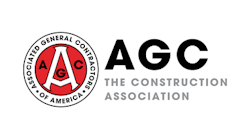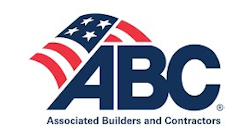Here’s the kind of situation we don’t like to think about but probably should. In October, a Pennsylvania family filed a lawsuit against Radnor Township because of injuries their son suffered after falling into a pool of water formed by an undersized stormwater culvert. I mentioned the lawsuit in a blog soon after it was filed, but I think the issue is worth exploring in more detail—both the implications of such a suit, and the larger question of infrastructure safety and our responsibility to the public.
In 2011 the boy, then 12 years old, was playing in a friend’s yard; he either stepped or fell into the pool of water and was then pulled into the culvert and carried by the water through half a mile of underground pipe. When rescuers found him he was unconscious; he survived, but oxygen deprivation caused severe and permanent brain damage. He is now in a near-vegetative state and requires around-the-clock nursing care.
The situation is a tragedy for the family in so many ways, and one aspect of their nightmare is financial. Reports on the lawsuit did not say exactly how much the family is asking for, only that the amount is greater than $150,000, which is the minimum in that jurisdiction for the suit to be filed in federal court. But 24-hour lifelong care will run to many millions of dollars.
An article in Stormwater a few years back examined similar dangers with stormwater facilities and looked at various local, state, and federal guidelines to minimize them. The best approach seems to be two-pronged: design changes to make stormwater structures safer, and education to let people know what the potential dangers are. The article, “Safety at Urban Stormwater Ponds” in our January/February 2006 issue, concentrated on retention and detention ponds, but much of the advice—especially regarding public education—has broader application.
Design-related steps include such things as ensuring pond side slopes are shallow enough—or have “safety benches”—so that a person who accidentally falls in can climb back out. They also include making sure structures like spillways and culverts are properly sized to avoid overtopping, avoiding the use of large open pipes for inlets and outlets in favor of structures that have smaller openings, and performing regular maintenance to make sure things are functioning as intended. In the Pennsylvania case, something that weighs heavily against the township is the presence of eight different stormwater management studies—the oldest from1973 and the newest from 2011, the year of the accident—recommending safety improvements to that specific culvert; those improvements were never made.
Public education might include signage, public service announcements (remember those billboards advising people not to drive across flooded roadways?), and information distributed to homeowners associations, commercial centers, and other organizations with stormwater facilities on their property. The article also recommends talking to people who work near the facilities—school, park, or library staff, as the case may be—to see what potential hazards they’ve observed during both wet and dry weather, and then acting on those observations.
Unfortunately, it’s easy to understand how repairs and improvements can get overlooked: Some other location has even more severe problems, budgets and manpower are limited, and so on. Complaints and even lawsuits for property damage—flooding or erosion—are more common, but an injury-related suit is potentially more serious all around, and more costly.
Has your program ever faced legal action, even on a small scale, because of a safety issue? Do you have a plan in place to review the design and maintenance of facilities from the perspective of public safety?









